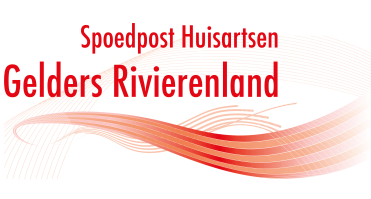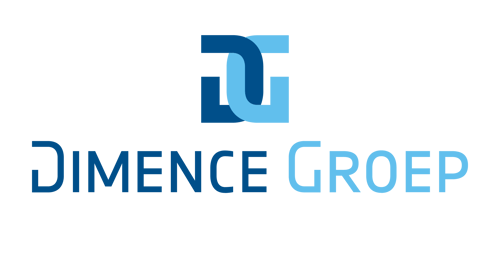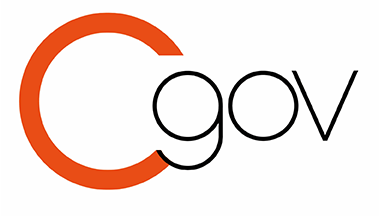Case studies
-

Emergency GP Post Gelders Rivierenland Case | The Patient Safety Company
Discover how the Emergency GP Post Gelders Rivierenland improves care quality with TPSC software for efficient complaint and incident management.
Read article -

Vitaal & Veilig Thuis case | The Patient Safety Company
Since 2020, we have been providing software for the Vitaal & Veilig Thuis project. This article explains how this collaboration works in practice.
Read article -

Dimence Group | TPSC
Dimence Group has been a client of The Patient Safety Company since 2008. How do they like our software in the long run? Read it here!
Read article -

Reporting of workplace accidents at largest Belgian hospital
This case study describes the benefits for the largest Belgian hospital UZ Leuven as a long-time user of TPSC Cloud for reporting workplace accidents
Read article -

Successful VAR Partnership | Case Study | TPSC
Our successful VAR partnership for Australia: Cgov has implemented solutions on the TPSC Cloud platform for more than 50 local healthcare organizations
Read article -

Quinte Healthcare - Reference
Quinte Health Care is an integrated system of four hospitals working with partners to provide exceptional care in parts of Canada
Read article -

Hospital Pablo Tobón Uribe | Colombia | Case study
Hospital Pablo Tobón Uribe in Medellín, Colombia, is using TPSC Cloud™ to achieve the required high level of patient safety and process quality
Read article -

Central East Community Care Access Center - Case study
The Central East Community Care Access Centre (CECCAC) uses TPSC software for registering risk events, complaints, compliments and employee incidents
Read article -

Peterborough Regional Health Centre - Canada - Reference
Peterborough Regional Health Centre (PRHC) is a regional hospital Peterborough, Ontario, Canada. Since 2012 they work with our TPSC Cloud software
Read article